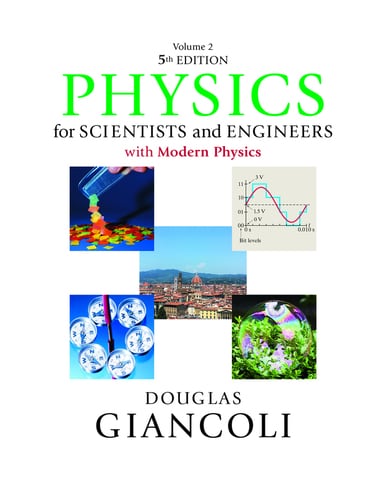
Mastering
Engage science and engineering students. Mastering® is a flexible platform that supports the way science students learn best: through active, immersive experiences. With tutorials, real-time analytics, and hints and feedback, you can replicate an office-hours visit and prepare learners for the challenges of today and tomorrow.

